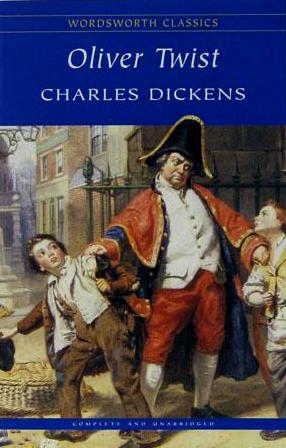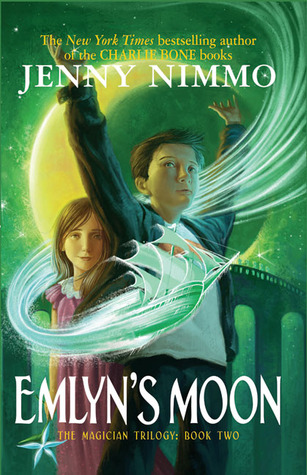Charles Dickens
An overview
Yes, that’s right. Charles Dickens, the author of A Christmas Carol and Oliver Twist, straight out of the period of the Industrial Revolution and the reign of Queen Victoria. You’re probably thinking, “What? That’s serious literature! And it’s so old-fashioned and wordy, and the books are so long, how is li’l ole me supposed to choke them down?”
Well, you got through Harry Potter and the Order of the Phoenix, didn’t you? And if you’re an American reader, the number of British expressions you would have to look up is only slightly higher in Dickens. And, as I’ve said time and time again, the similarities between J.K. Rowling and Charles Dickens are not to be sneezed at.
Actually, Dickens was a very popular author, and really he still is. His works fall into a category you could call “romantic melodrama” with a touch of moralizing satire on the social conditions of his time. He wrote his books in the form of installments in weekly or monthly magazines, which did very well in subscriptions (well, most of them), and only later came out in book form. The public followed the serial adventures of his heroes with bated breath, much as today’s readers slaver over the next installment of Harry Potter. He was hounded by fans to do public readings of his own works (he had a theatrical streak, though). And highbrow literary types always looked down their nose at him as a popular hack, a mere entertainer. But, he is that much more beloved, and his books are still well loved.
The typical Dickens novel is a broad, sprawling panorama of eventful plot lines, dotted with entertaining pieces of poetry, song, and folk tale, populated by a rich cast of distinctive characters, and focusing on (usually) one small, young, innocent person’s efforts to overcome the obstacles thrown in their way by many bigger, older, nastier people. He created so many great characters that to this day, many common “types” in book, stage, and film, can be traced to the likes of Fagin, Steerforth, Pecksniff, Carton, Mrs. Sparsit, Sam Weller, etc. — all his proud creations.
Fans of Harry Potter will be particularly taken by the stories of orphan boys, disadvantaged in every way, who pull themselves up by their bootstraps (more or less): Oliver Twist, David Copperfield, and Nicholas Nickleby. The plight of under-appreciated, hardworking young women also makes good reading in Dombey and Son, Little Dorrit, and Hard Times. For a farcical adventure in the English countryside, see The Pickwick Papers. For a bittersweet tragedy of breathtaking power, see A Tale of Two Cities. For a young artist’s tale of unrequited love, see Great Expectations. For a scathingly sarcastic depiction of Selfishness and its effects, see Martin Chuzzlewit (which features scenes in America so harsh in their satire that Dickens had to publish a disclaimer). Other Dickens masterpieces include Bleak House, The Old Curiosity Shop, the historical novel Barnaby Rudge, and Our Mutual Friend.
These stories are very accessible to modern readers, even ones who have never mastered such masterworks as Moby Dick or The Scarlet Letter. (Those two aren’t by Dickens, by the way.) References to people, events, and literature that was better known in Dickens’s day than in ours, and expressions lost in time (or, for non-British readers, expressions that simply never made it across the Pond) may require some explanation. So I recommend the Oxford Classics edition more for British readers, and the Penguin Classics edition for American and non-British readers, because of how thoroughly the endnotes explain these useful expressions. And keep a spare bookmark in the endnotes for easy reference.


